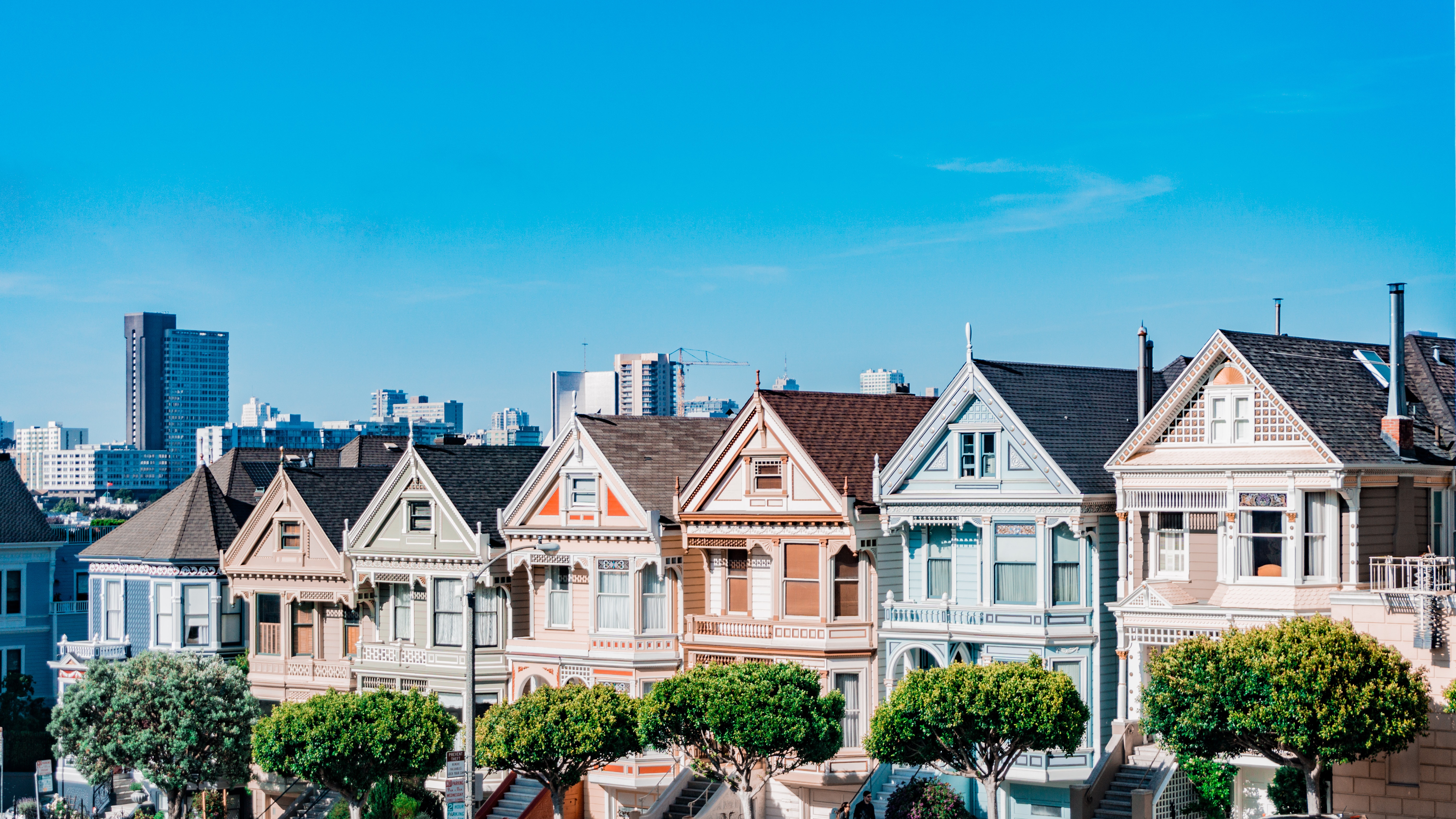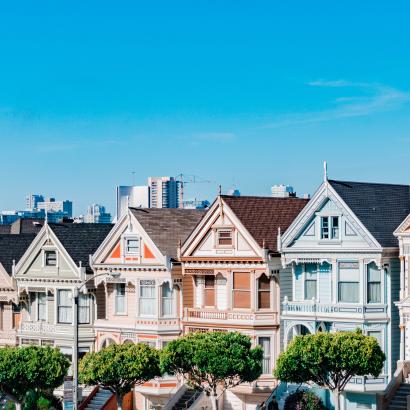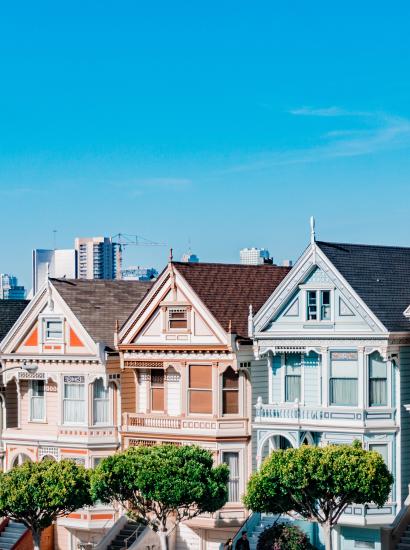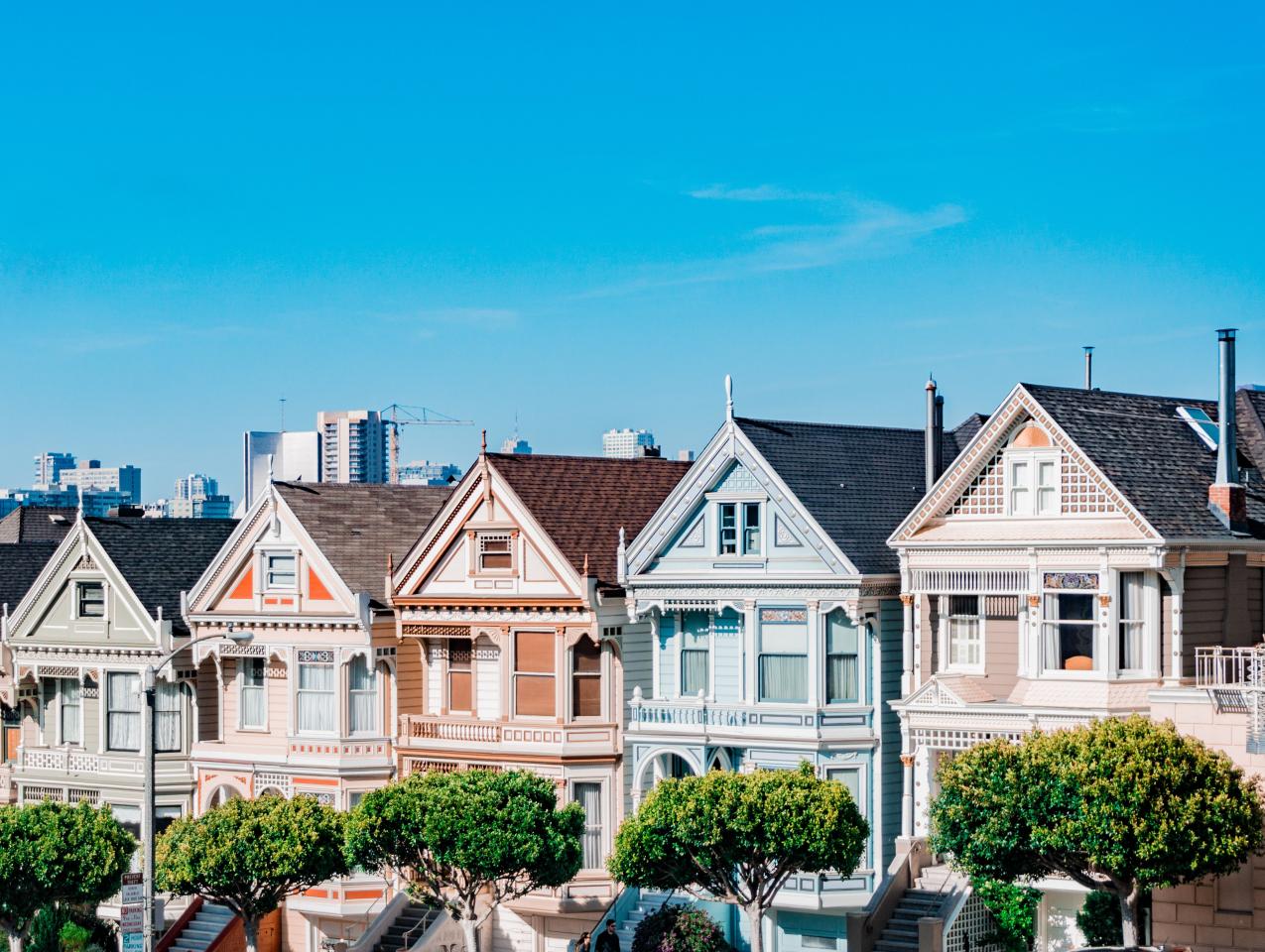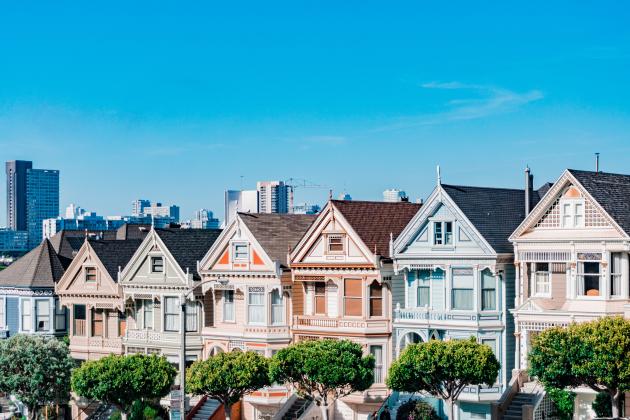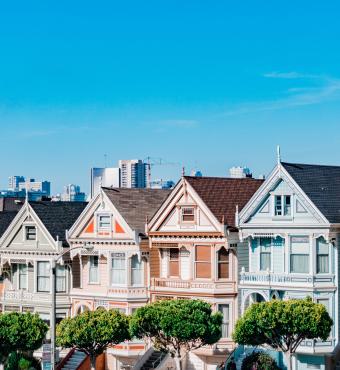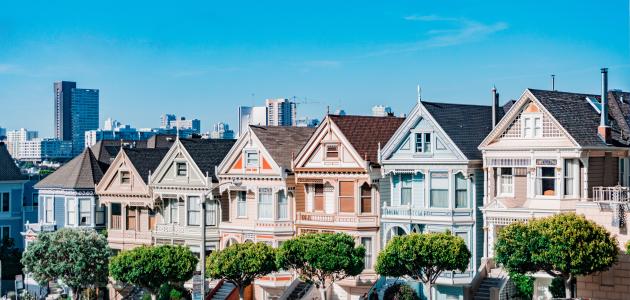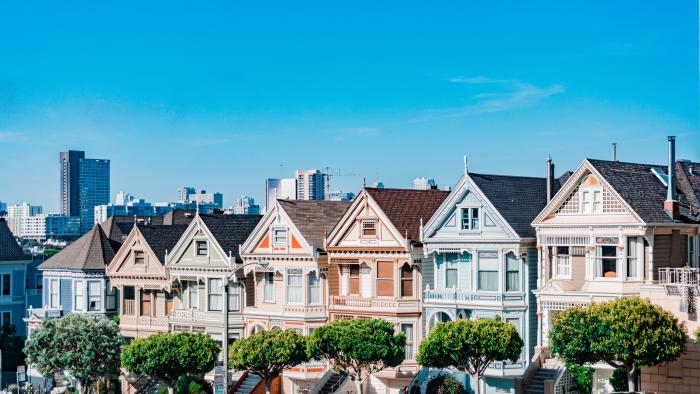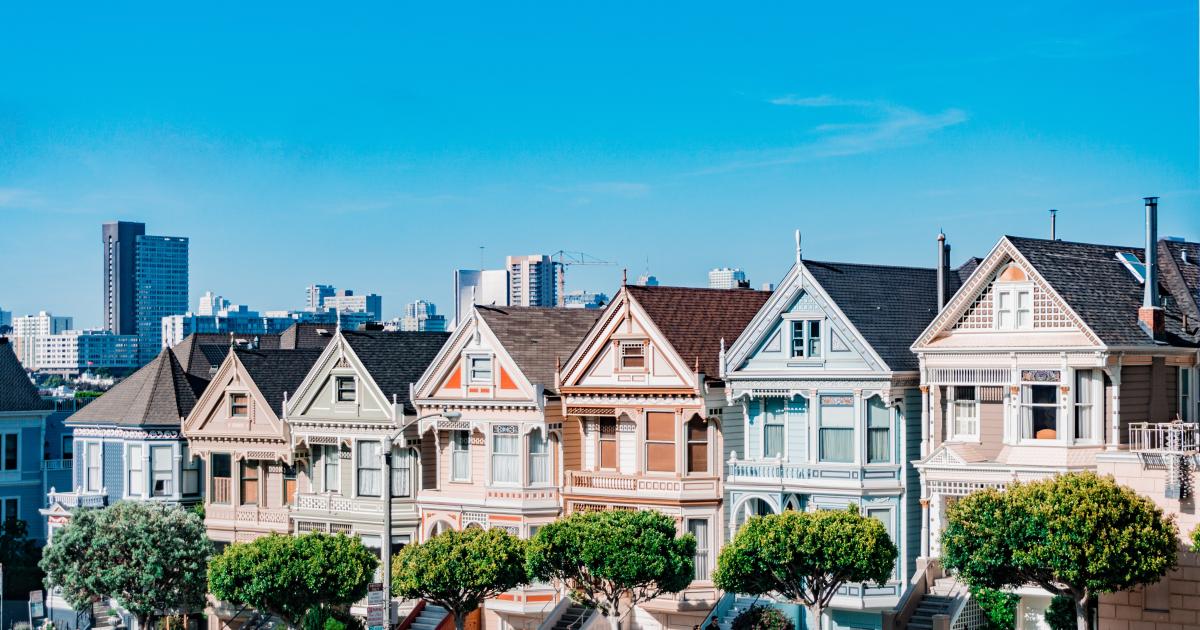- Politics, Institutions, and Public Opinion
- State & Local
- California
San Francisco is the most expensive housing market in the country. But doesn’t $25 million—not $2.5 million, $25 million—buy you a lot of house? You might be surprised at just how little. As I describe below, this home showcases just how comically distorted California’s housing policies have become, and why San Francisco continues its chronic march toward falling off an economic and social cliff.
The home, which is owned by the cofounder of NextDoor, the social media app that allows neighbors to connect with each other, just went on the market for $25 million. Sure, this is just the asking price, but the home valuation website Zillow estimates its value as between about $22 million and $27 million, so it’s asking price is in the ballpark. Perhaps not your ballpark or my ballpark, but in the ballpark of those who play an entirely different game than you and I do.
How big is your $25 million estate? Acres and acres, yes? Well, not quite. Your lot will be about 6,800 square feet, which is about 1/7 of an acre. Your estate’s footprint will be the size of a standard city lot.
Privacy? Of course, who buys a $25 million home that doesn’t exude privacy? Well, not quite. The frontage of your lot is less than 50 feet. Walk about 20 steps from one property line, and you will cross over the other. Neighbors? Because of the very narrow lot, they will be right on top of you, as in you-can-easily-fly-a-paper-airplane-from-your-window-into-their-window on top of you. Hopefully, the neighbors will be friendly, easygoing, nonlitigious, and quiet, their dog won’t bark much, no teen parties . . . Look on the bright side: if you hit it off with them, you can probably just give a holler from your window if you ever need to borrow some sugar.
Safety? You are one block from a major street, Divisadero, which has one of the higher crime rates in the city. Homelessness? Plenty. A few blocks away, RVs are set up for temporary housing for the homeless, and the neighborhood has more than the average number of cases of human excrement on nearby sidewalks, not to mention used hypodermic needles. But don’t despair, the city pays an army of pooper-scooper city workers $184,000 apiece per year to clean this up.
Are you a car collector? If so, find garage space elsewhere for your Ferraris and Lambos, because this home has one, maybe two, extremely narrow garages that would be, well, “challenging” to navigate for such a very wide car to enter and exit.
Don’t get me wrong. The home, which has three floors, is remarkably beautiful and has stunning views of the San Francisco Bay and the Golden Gate Bridge. Well, at least out of those windows that face the bay. The other windows will give you a view of your neighbors, just a few feet away. You will need those bay and bridge views to reduce your blood pressure when you think of just how much you have invested in this palace, not to mention your monthly expenses of owning it.
Just how much are those expenses? Property taxes alone will be about $300,000 annually, and Trump’s tax reform limits deductibility of those taxes to $10,000 per year. Home insurance for a $25 million residence in a relatively high crime urban location? Around $60,000 per year, perhaps more. Mortgage interest? If you put the standard 20 percent down, then you are financing $20 million at around 4 percent, or an even higher rate, which is at least $800,000 per year. Alternatively, if you buy with cash, then that is $25 million you take out of an income-generating asset. Annual maintenance and depreciation on the structure, the value of which is probably at least $15 million, will be around $600,000. Yes, those top-of-the-line elevators and wine cooling units do break down and wear out.
Add all these up and we are approaching $2 million annually to own this home. And we haven’t even gotten down to the details of utilities, housekeeping, security, etc.
Schools? Well, this choice will be easy. Private school it is, as the local elementary school, which is less than half a mile away, receives just a 2 out of 10 rating from Greatschools.org. If you have ever browsed that website, you know that 2 out of 10 is about as bad as it gets. Badly performing public schools are common in San Francisco.
The home was last purchased in 2011 for around $7 million, which was about the bottom of the market after the 2008–9 recession. You are probably thinking, “How could a $7 million home increase to $25 million in nine years?” San Francisco home prices have more than doubled since the home’s last transaction, plus the home underwent a complete renovation since that time. Construction costs are enormously expensive in California, particularly in San Francisco. Building an “affordable” two-bedroom apartment unit in San Francisco likely costs over $600,000 in construction costs alone.
This is what $25 million buys you in San Francisco. It has become over-the-top expensive because demand has skyrocketed, while the net housing supply has increased only modestly since World War II. Predictably, prices are in the stratosphere to balance supply and demand.
A city that was once a jewel is not only unaffordable for nearly all but is drowning in a sea of problems that go far beyond lack of housing. Rampant drug use has taken over city sidewalks. Thousands of mentally ill people live on the streets.
There is no chance that the city can pull itself out of this with its current political leadership, particularly a city council whose members seem more focused on political causes and blaming others than on keeping the city livable.
Unsustainable housing costs. Human misery that grows every day. Unsatisfactory public schools. This is life in San Francisco, and this is what happens when government veers off track and completely loses touch with what it should be doing. The example of San Francisco shows just how much governance matters and demonstrates why more Californians are choosing to leave the state than ever before.







